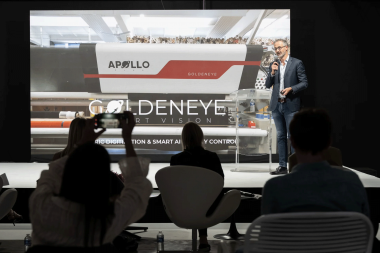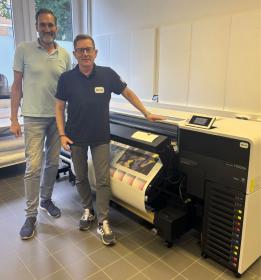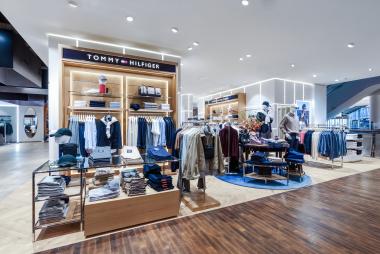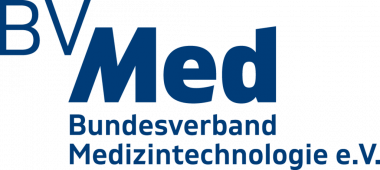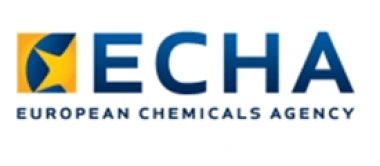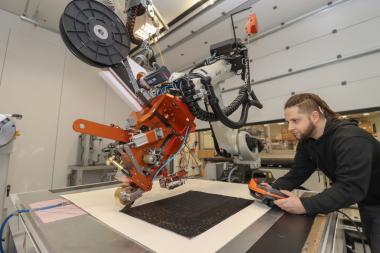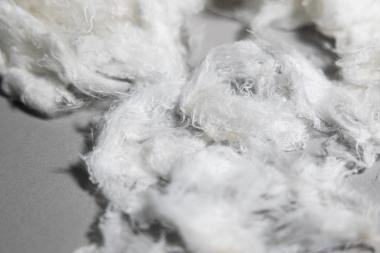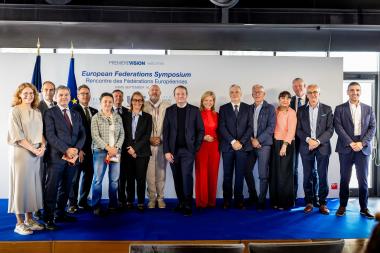Avantex Fashion Pitch: Award goes to AI-based textile quality control system
By perfecting the detection of visual defects in fabrics, this digital solution enhances customer satisfaction, optimises production processes and reduces raw material consumption. The jury also chose to award a special prize to Green Worms, an Indian micro-enterprise that has set up a local waste collection and processing system. Recycling waste creates sustainable jobs for women from disadvantaged socio-economic backgrounds.
‘The jury members were impressed by the quality of the designs submitted by the companies selected for this edition,’ said Claudia Franz, Director of Brand Management Apparel Fabrics & Fashion at Messe Frankfurt. ‘By recognising the GoldenEye Smart Vision project and choosing to award a special prize to Green Worms, we are supporting innovative solutions that address today's major challenges,’ she added.
GoldenEye Smart Vision will benefit from a stand worth €2,800 at Avantex Paris 2026 and €1,000 offered by Messe Frankfurt France, plus €1,000 offered by Texpertise Network, the Messe Frankfurt Group's textile sector network, a one-year subscription to the VLGE creative solution (worth €30,000), one year of incubation at Foundry offered by IFA Paris (worth €4,500), a keynote speech at the Circular Textile Days event, and an article in Luxiders Magazine.
Green Worms will receive €1,000 from Texpertise Network, the Messe Frankfurt Group's textile industry network, a marketing package from Circular Textile Days, and a consultation offered by Jayne Simone Estève-Curé.
The final of the 8th edition of the Avantex Fashion Pitch competition, organised by Messe Frankfurt France, rewards the most innovative, sustainable and relevant projects for the future of fashion. Each of the eleven finalists for 2025 – Adirelounge, Ananas Fashion, CQ Studio, Delfi, Garment By, Green Worms, GoldenEye Smart Vision, Myth AI, Sequinova, Meddle, Style Shifter – had five minutes to convince the jury composed of Jayne Simone Estève-Curé, fashion and luxury expert consultant, Yoobin Jung, ventures associate sustainability at Plug and Play Tech Centre, Carol Hilsum, Investor & Tech Leader at Assembly Ventures, Claudia Frantz, Director Brand Management Messe Frankfurt, Rachel de Gooijer, Marketing Manager, Circular Textile Days.
Messe Frankfurt France


